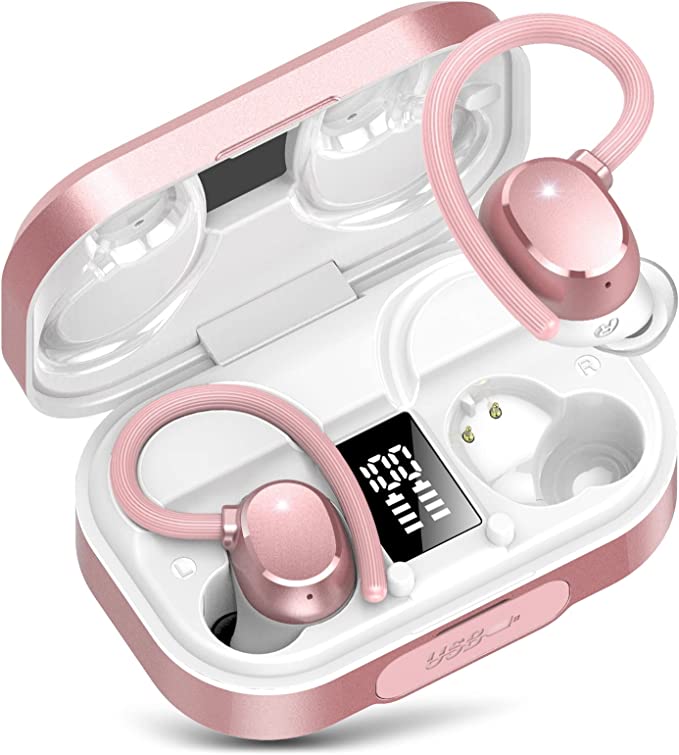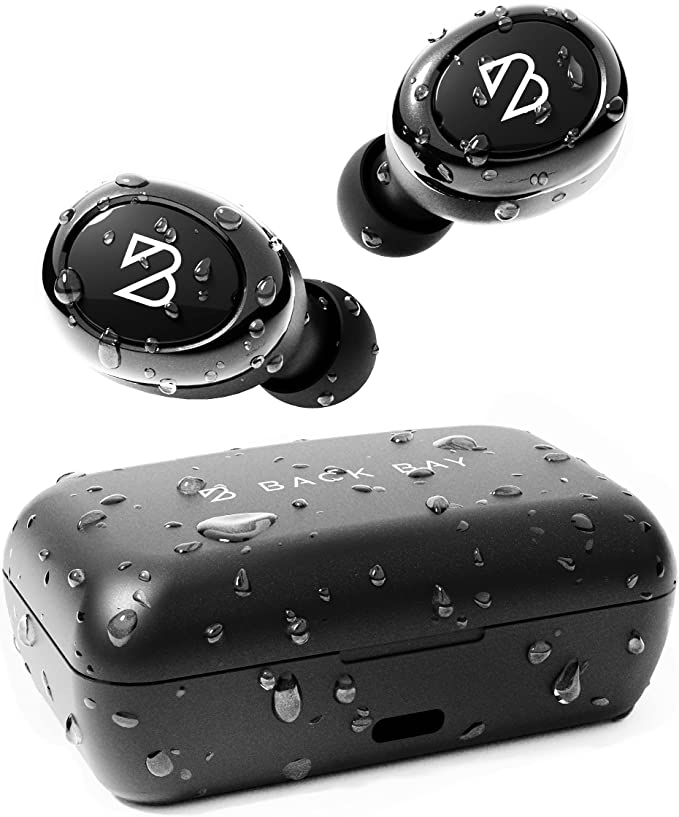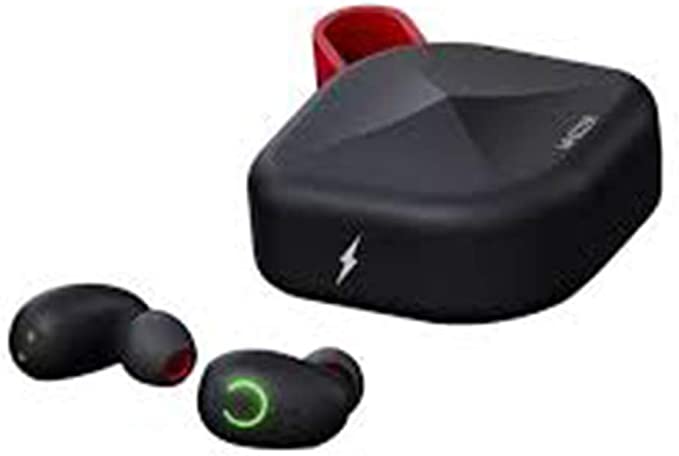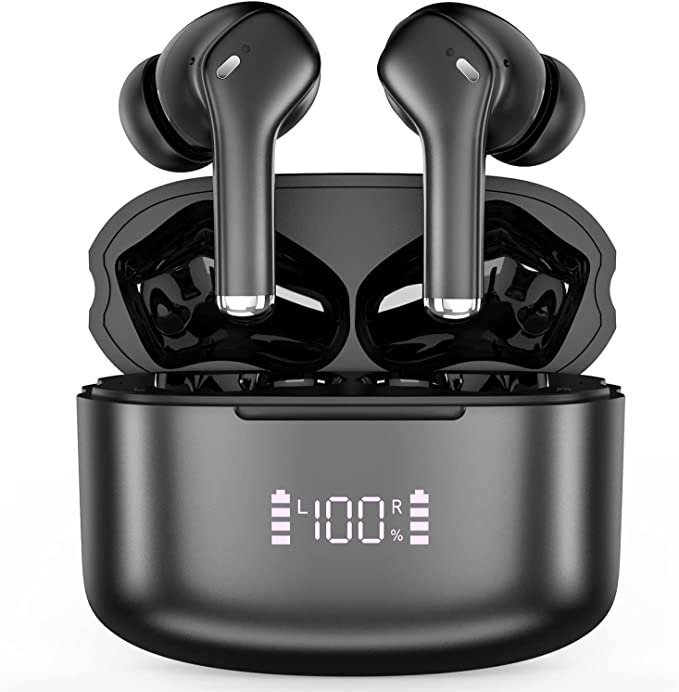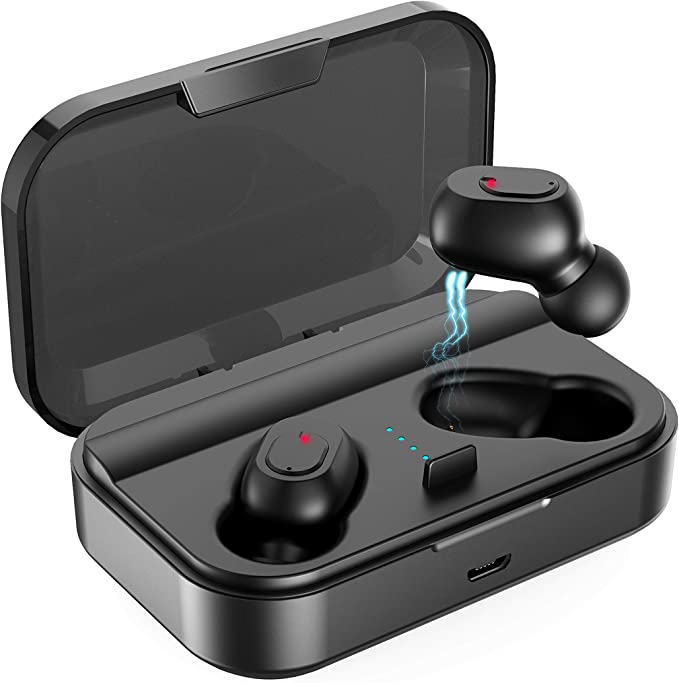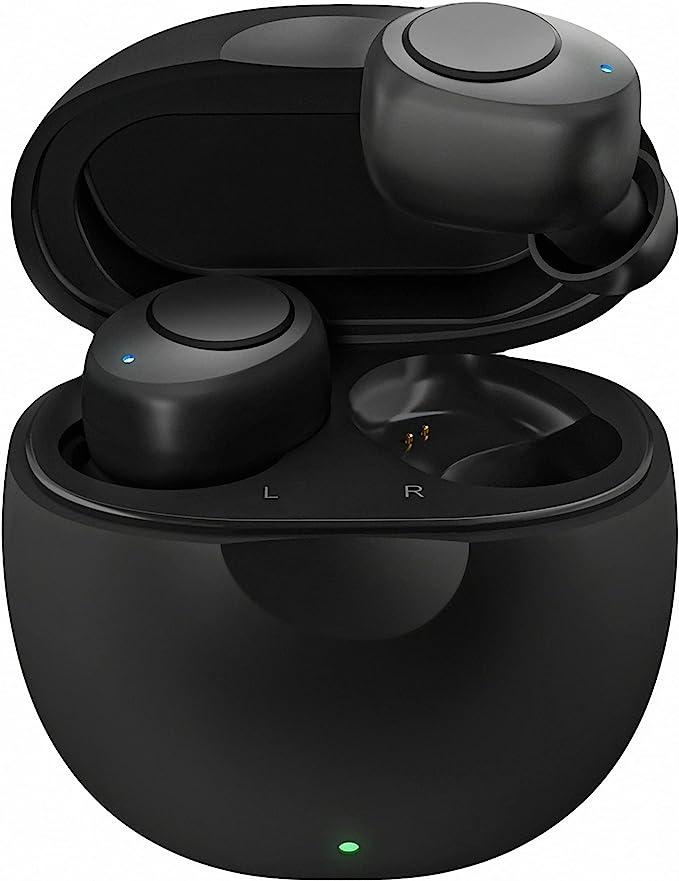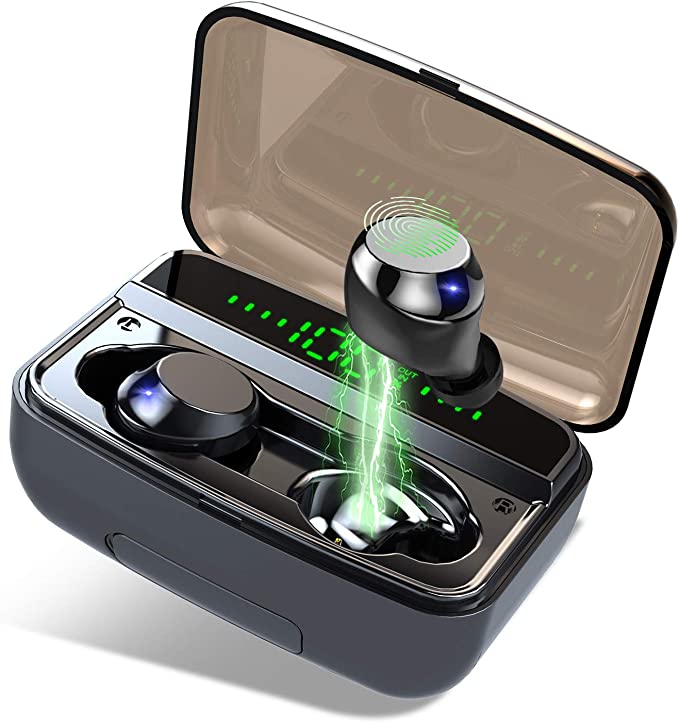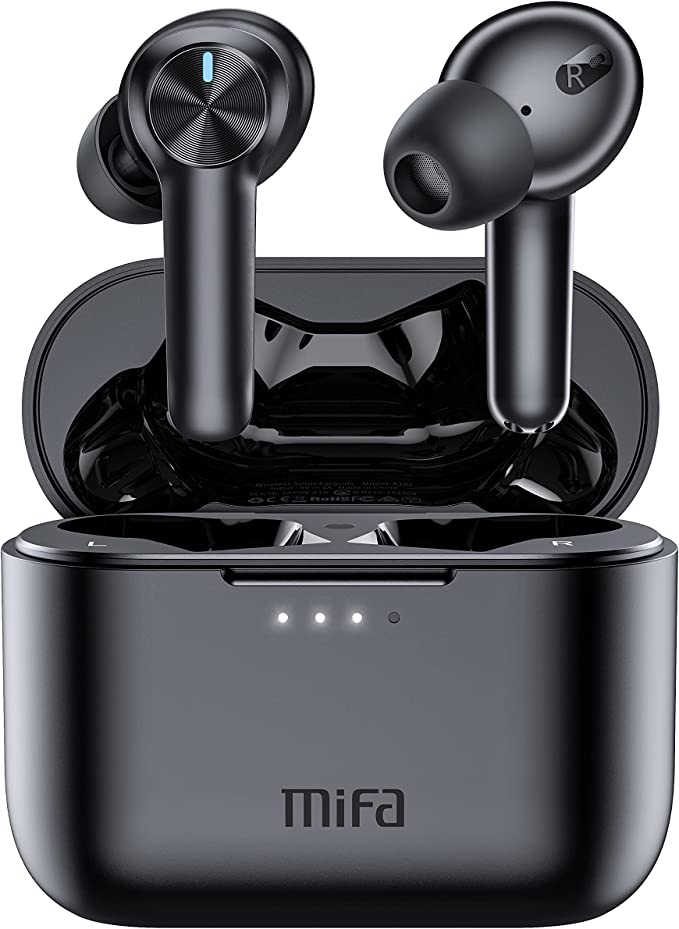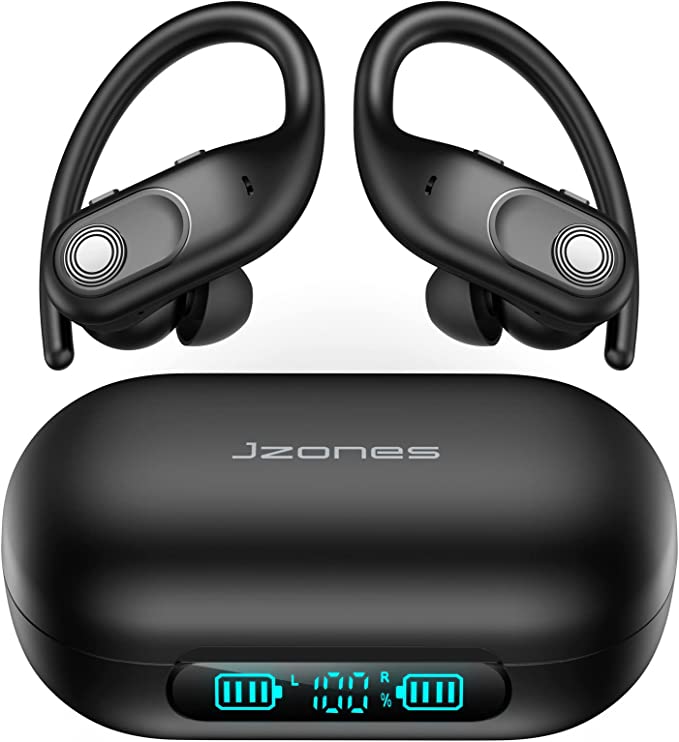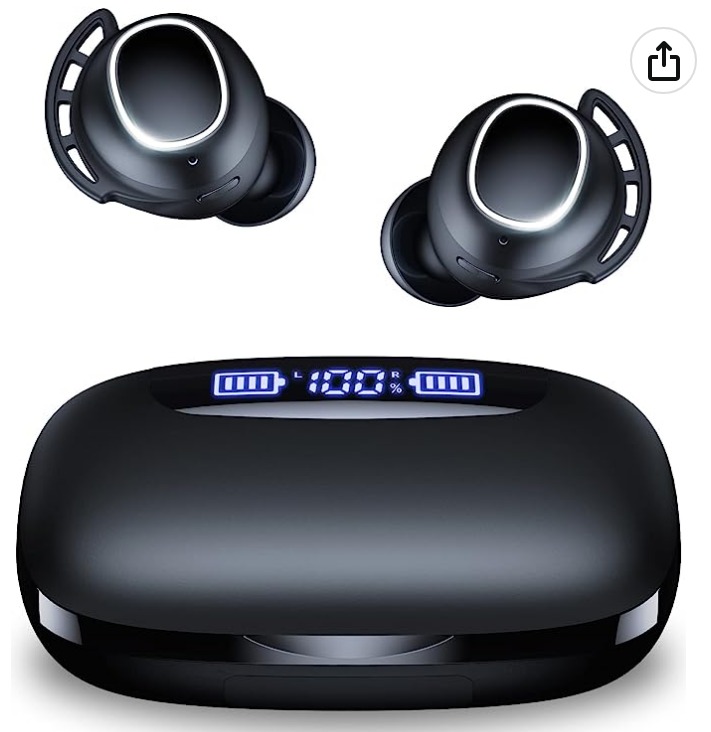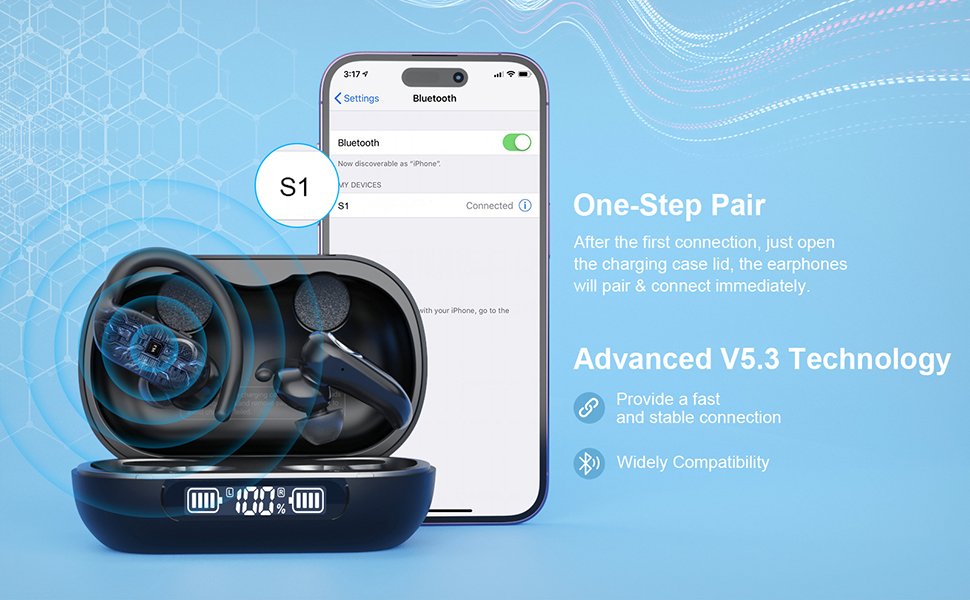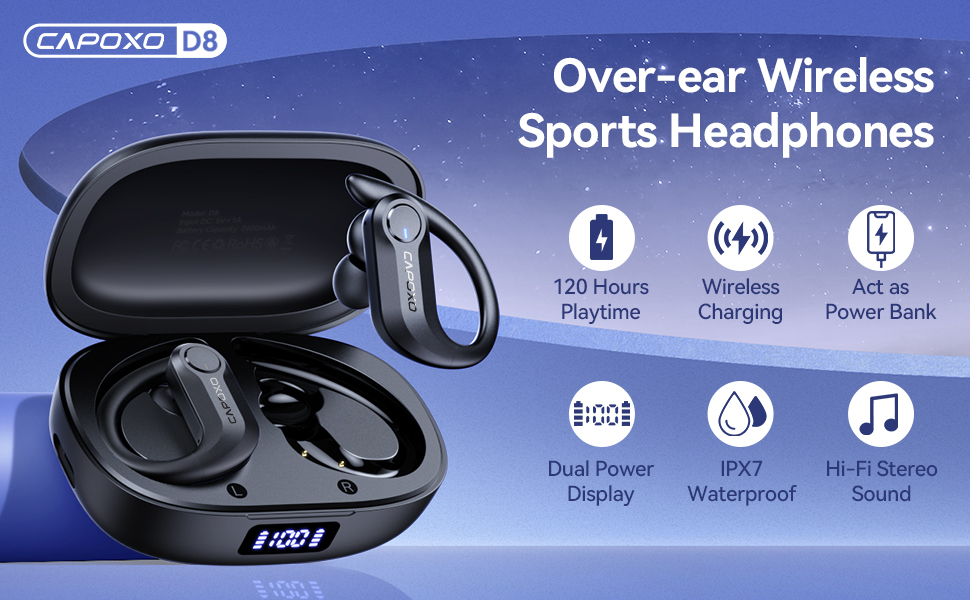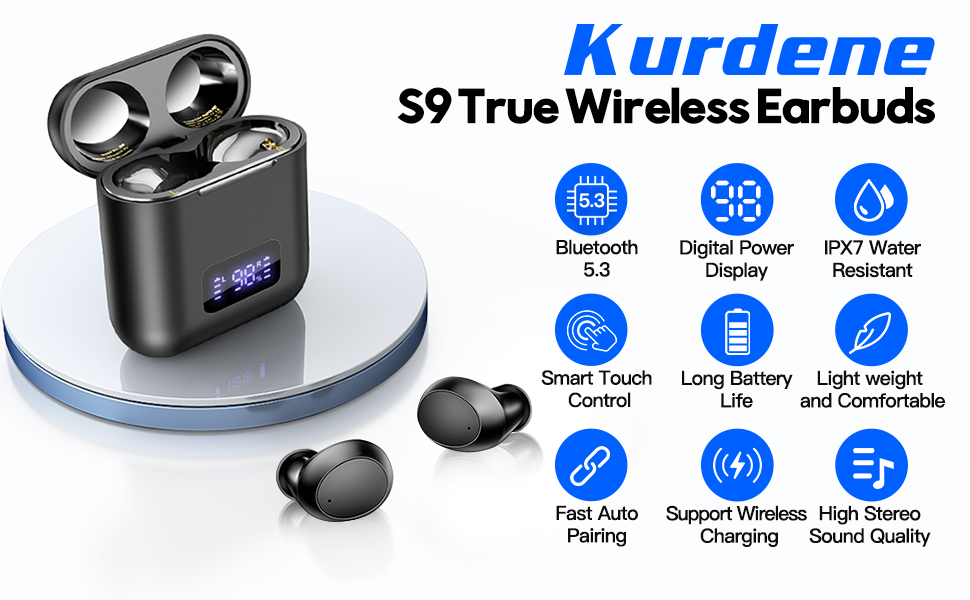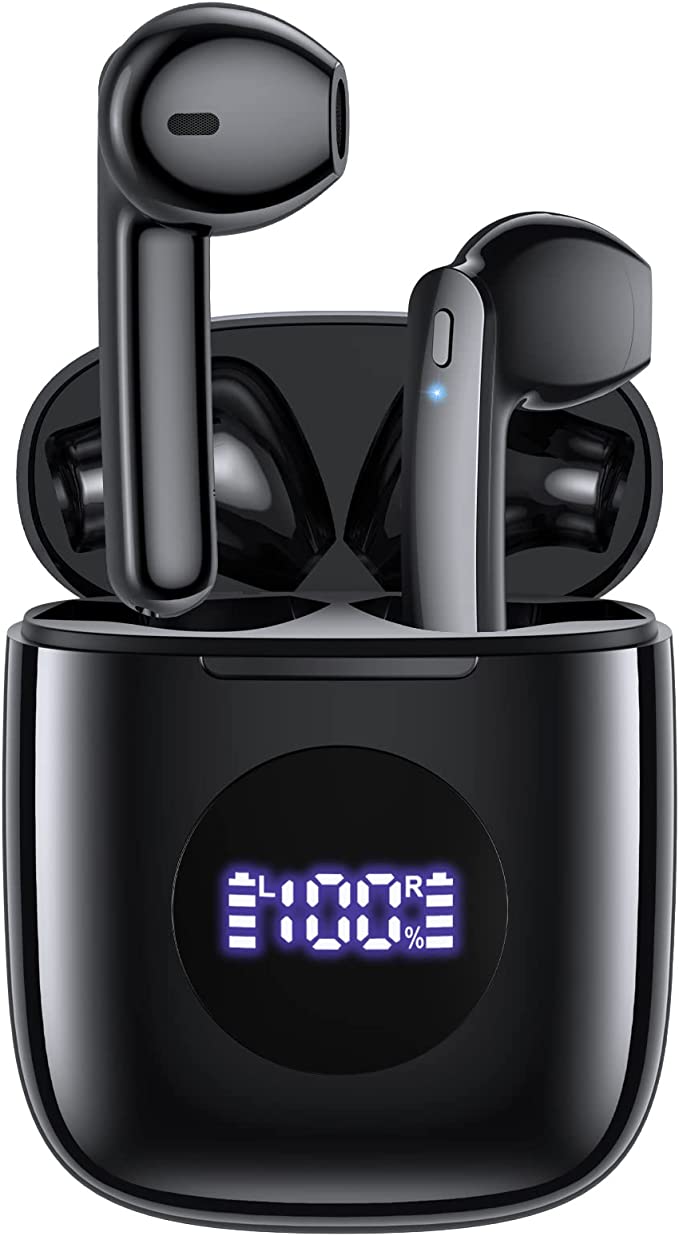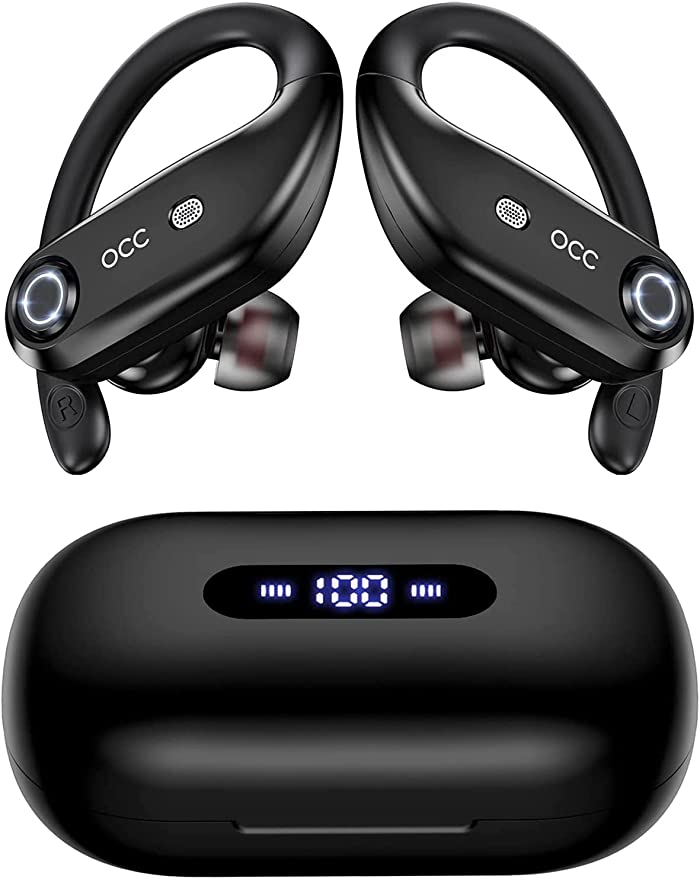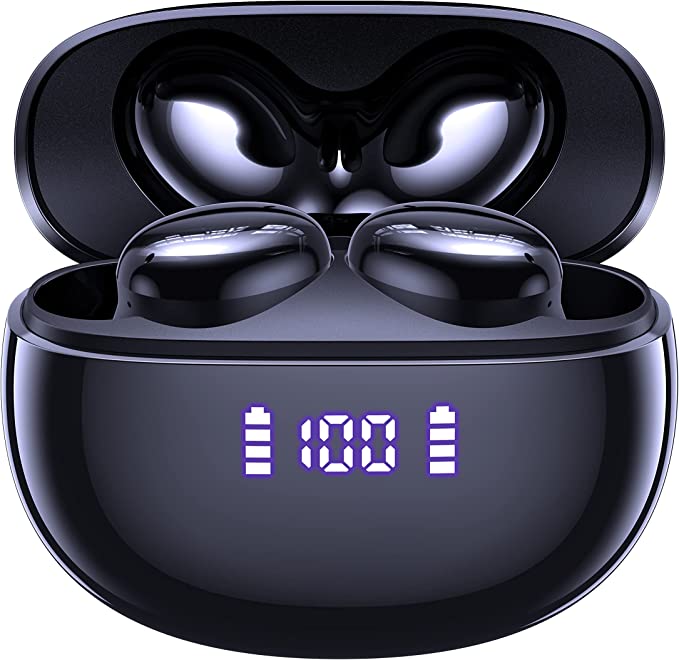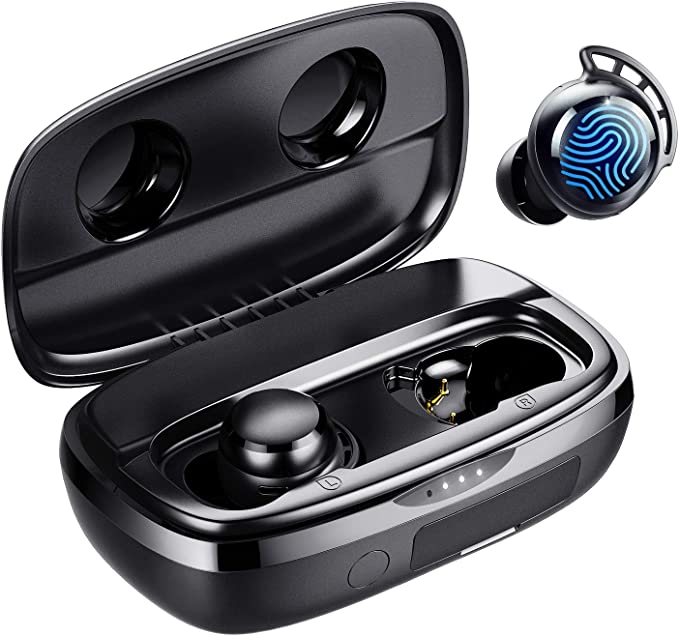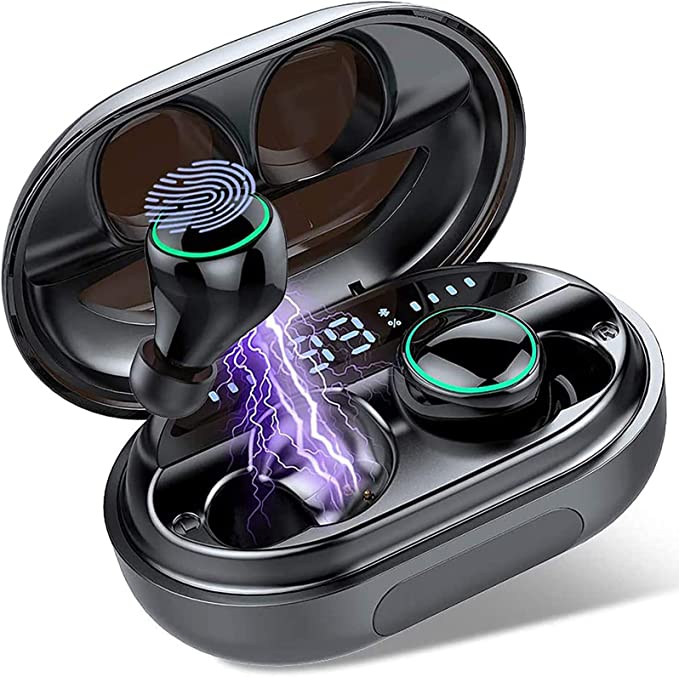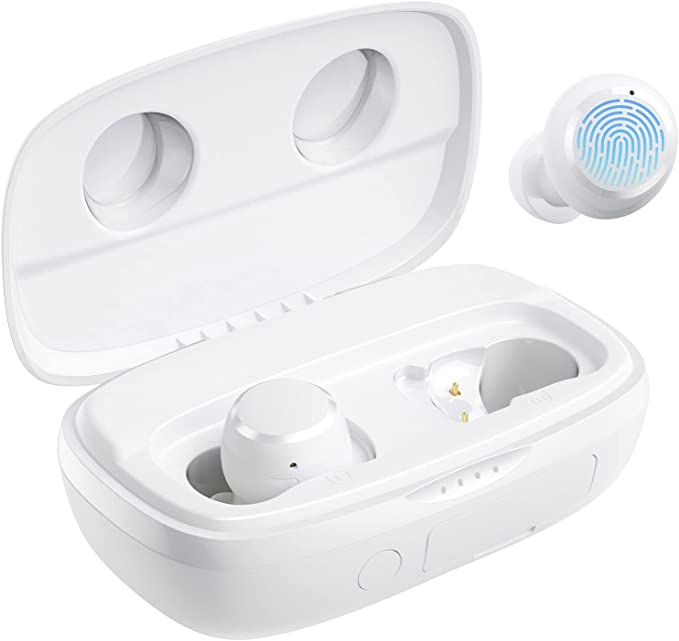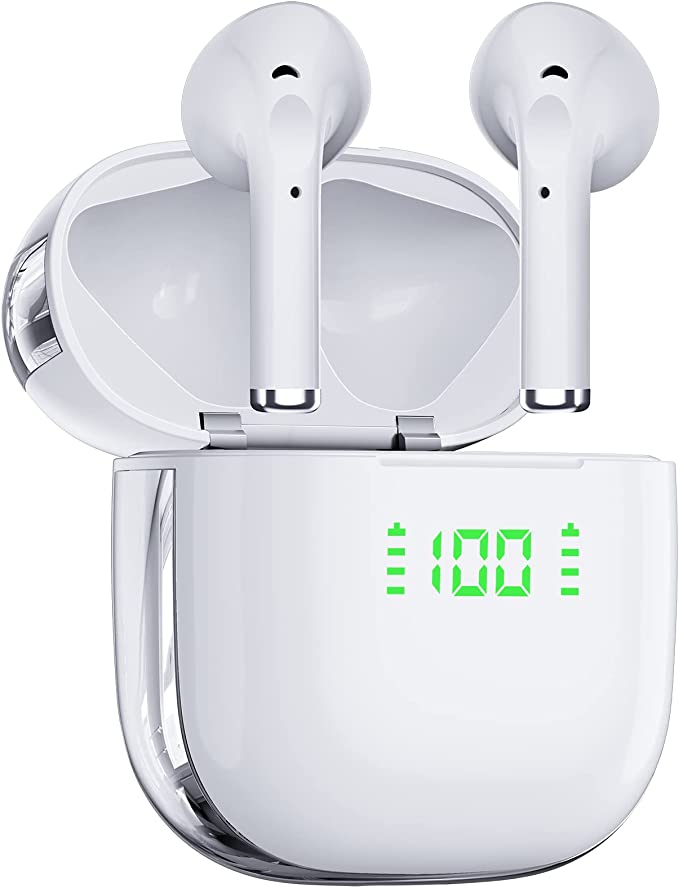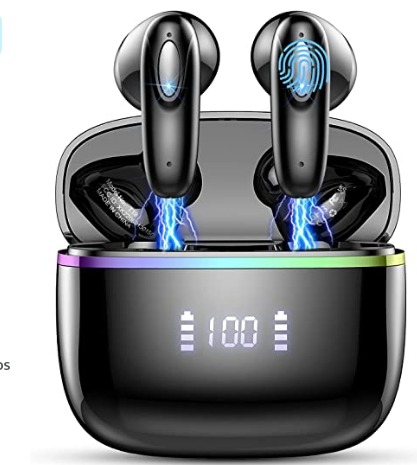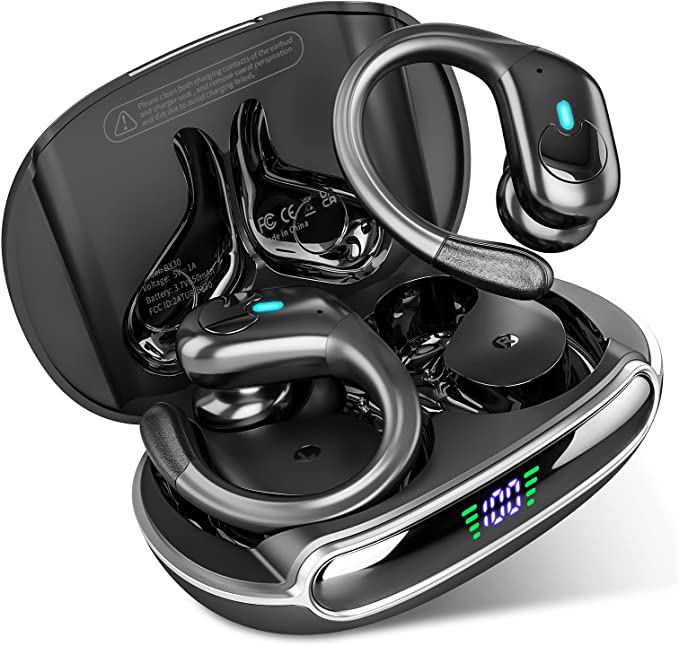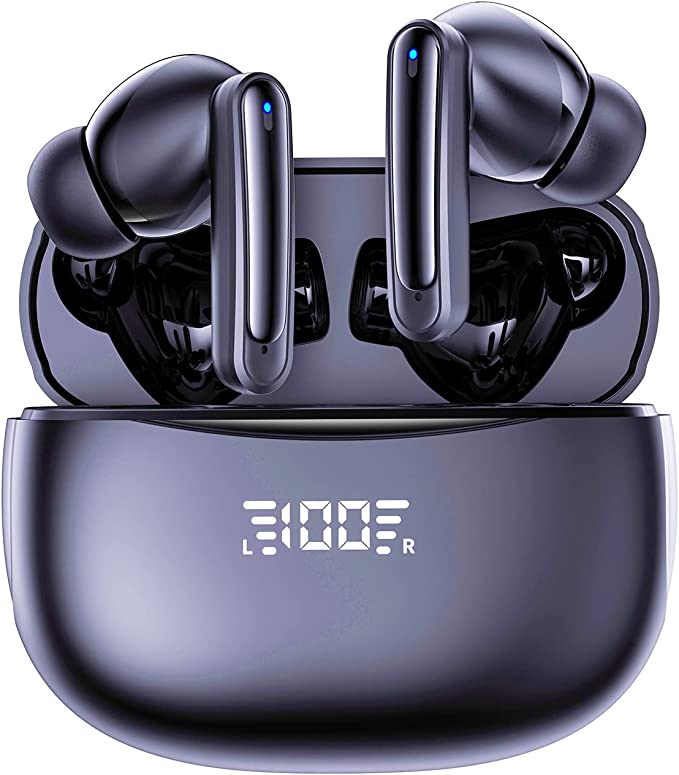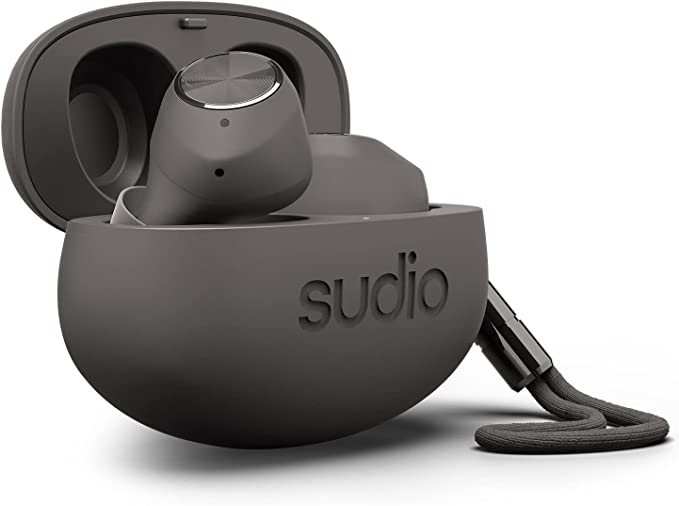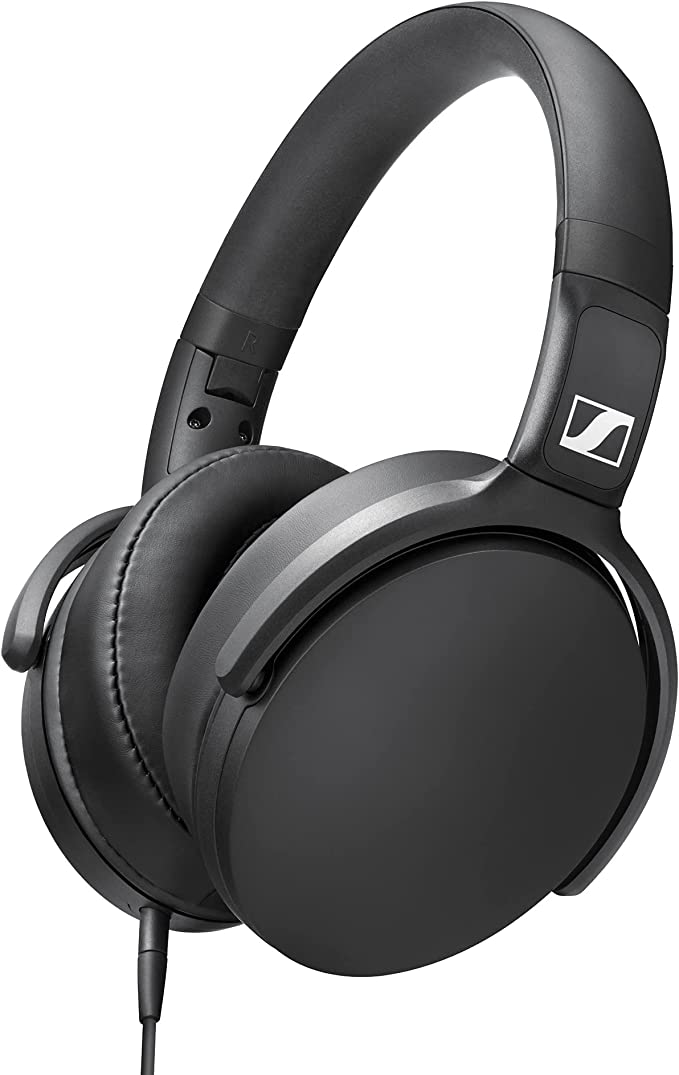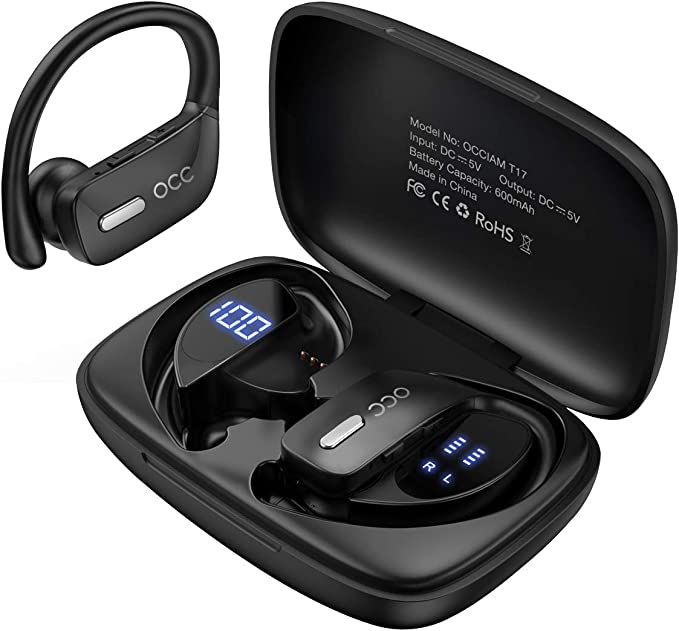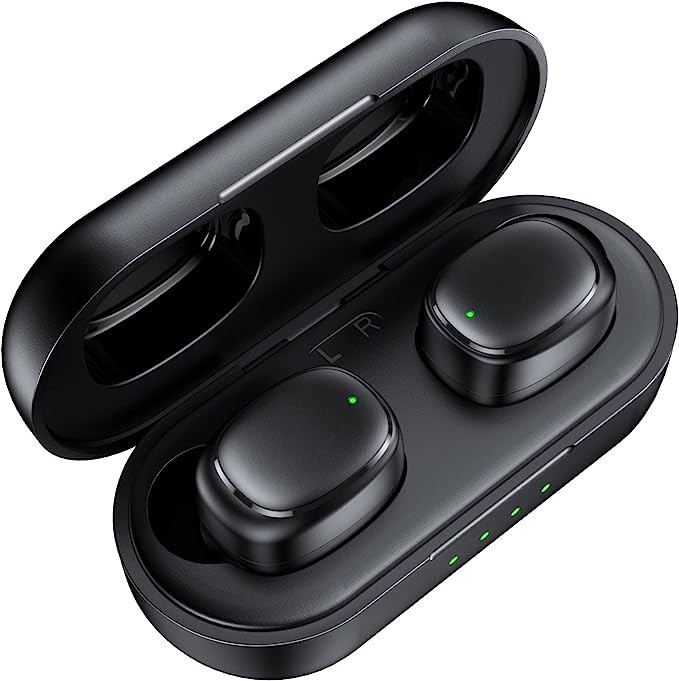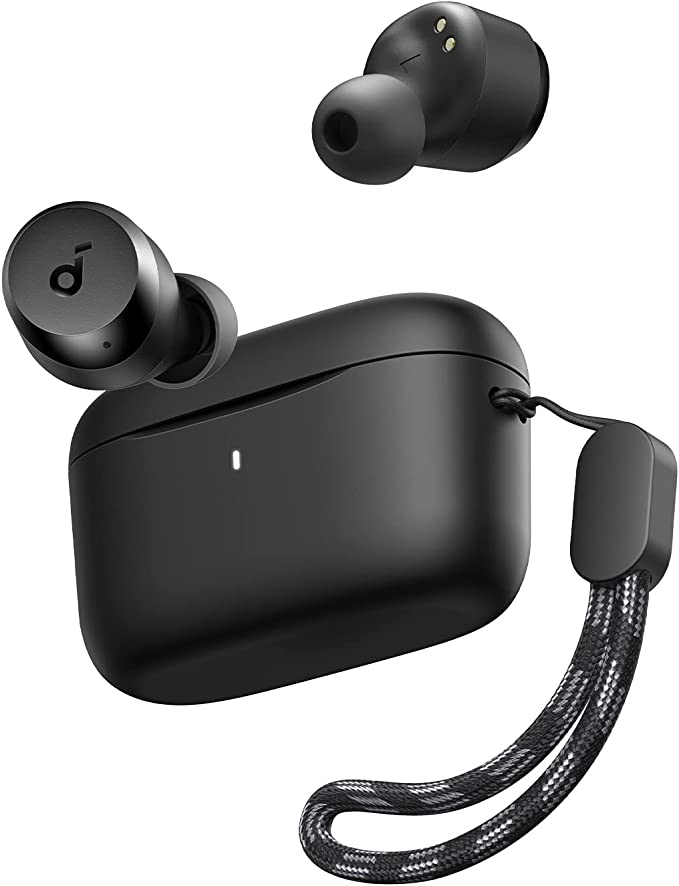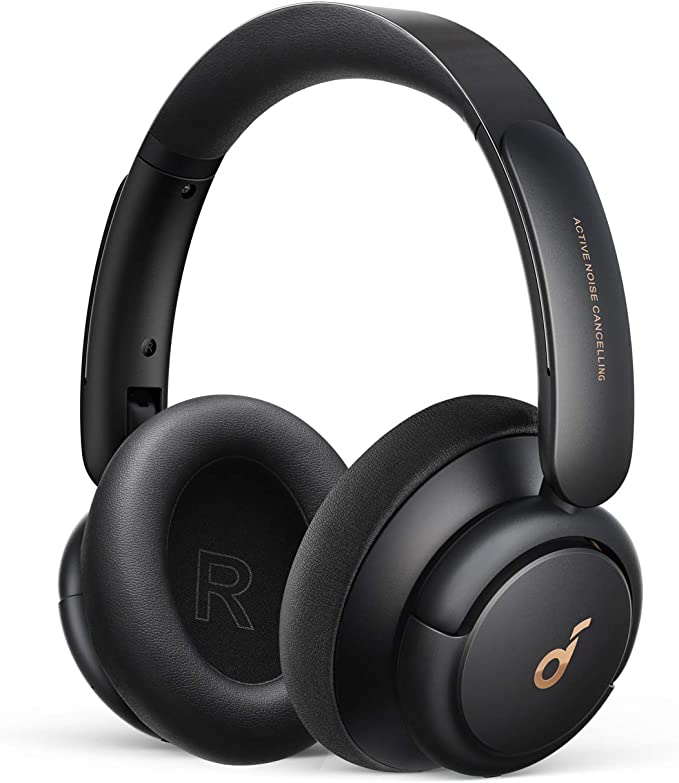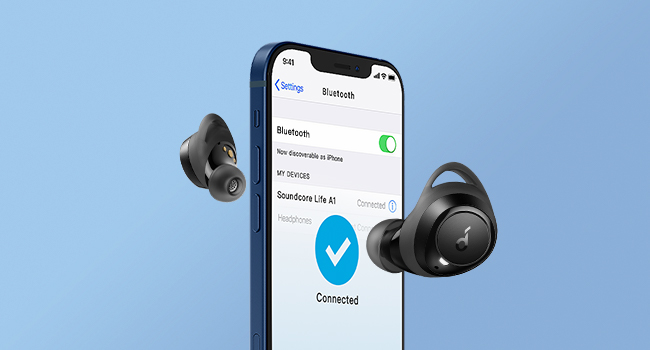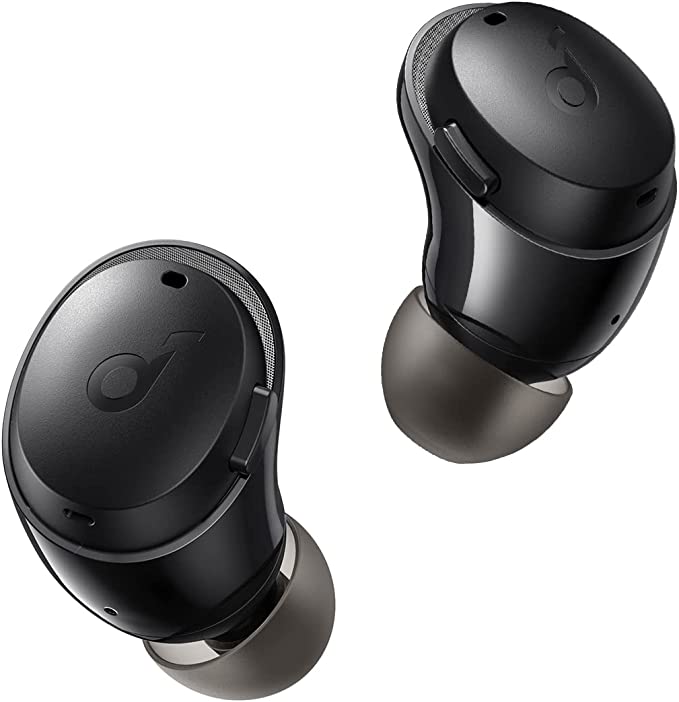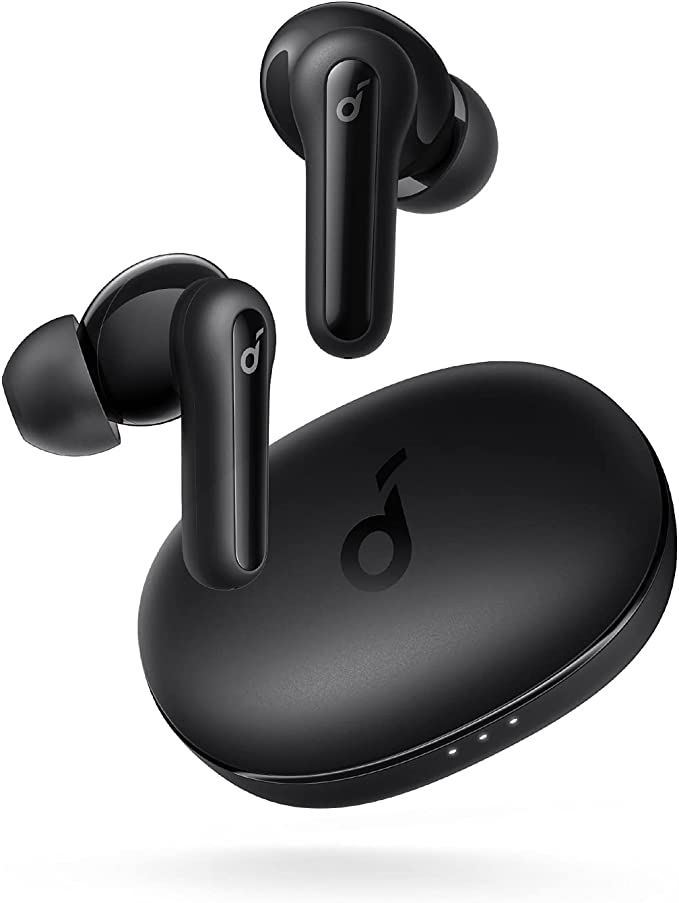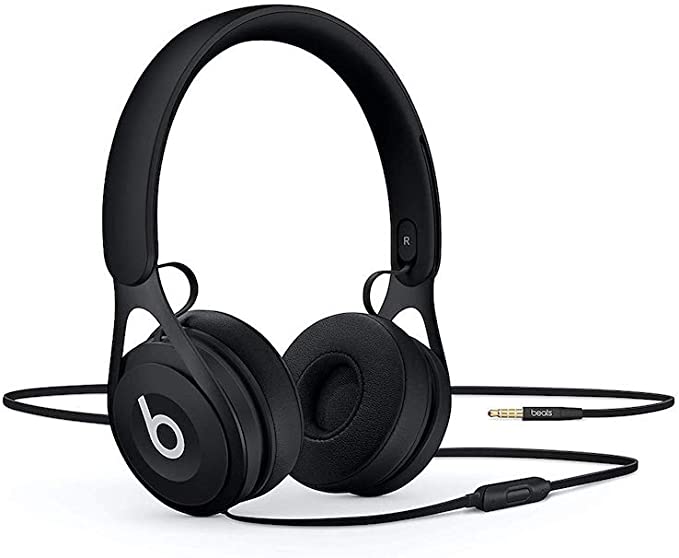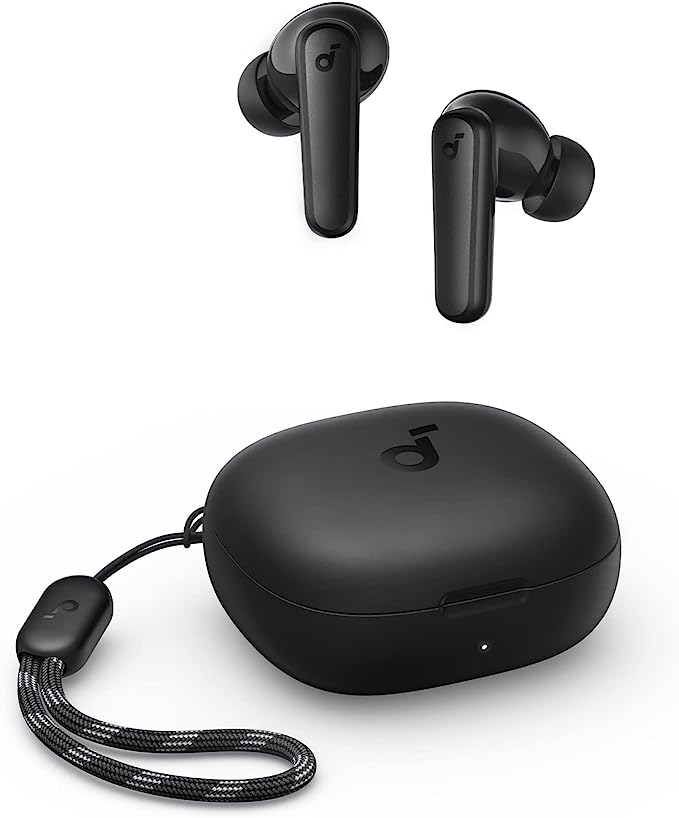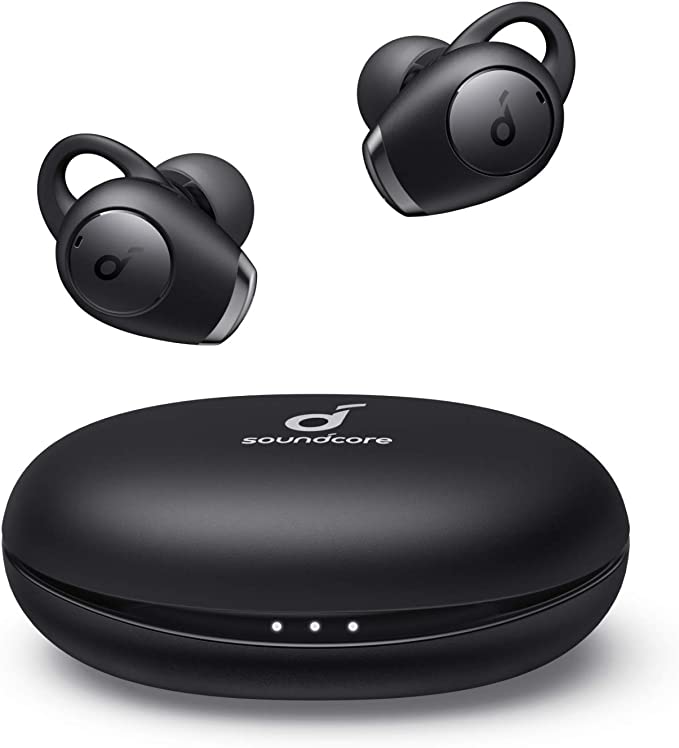BOLOXA B16 Wireless Earbuds: Enjoy 60 Hours of Music with Advanced Bluetooth 5.0 Technology
Update on March 8, 2025, 7:39 a.m.
The Invisible Link: How Wireless Earbuds Connect to Your World
Wireless earbuds have become ubiquitous. We see them everywhere – on the morning commute, at the gym, even on a quiet walk in the park. But have you ever stopped to think about the incredible technology that allows these tiny devices to seamlessly stream music and calls without a single wire? The key is a technology called Bluetooth, and it’s more fascinating than you might imagine. The BOLOXA B16, while just one example of a device using this technology, provides a perfect lens through which to explore its intricacies.

Bluetooth: A Short History of Wireless Freedom
The story of Bluetooth begins in the 1990s, with the need for a standardized way for devices to communicate wirelessly over short distances. The name “Bluetooth” itself is a nod to Harald Bluetooth, a 10th-century Danish king who united warring tribes. Similarly, Bluetooth technology was designed to unite different communication protocols, allowing devices from various manufacturers to “talk” to each other. Early versions of Bluetooth were relatively power-hungry and had limited range. But continuous improvements have led to the sophisticated technology we have today.
Bluetooth 5.0: The Power Behind the B16’s Endurance
The BOLOXA B16, and many modern wireless earbuds, utilizes Bluetooth 5.0. This isn’t just a minor update; it’s a significant leap forward in wireless technology. Think of it like upgrading from a dirt road to a superhighway. Bluetooth 5.0 offers several key advantages:
- Increased Speed: Bluetooth 5.0 can transfer data up to twice as fast as its predecessor, Bluetooth 4.2. While this speed isn’t always fully utilized for audio streaming (which doesn’t require massive bandwidth), it contributes to a more responsive connection and faster initial pairing.
- Extended Range: Bluetooth 5.0 theoretically quadruples the range of Bluetooth 4.2. In the real world, the actual range depends on environmental factors, but you’ll generally experience a more stable connection, even at a greater distance from your phone.
- Lower Energy Consumption: This is where Bluetooth 5.0 truly shines, and it’s a major factor in the B16’s impressive battery life. This is achieved primarily through a feature called Bluetooth Low Energy (BLE).
BLE is a specialized mode of Bluetooth designed for devices that need to operate for extended periods on limited power. Imagine a tiny sip of water versus a large gulp – BLE takes tiny sips of energy, making it incredibly efficient. It achieves this by optimizing the way data is transmitted. Instead of constantly sending large packets of information, BLE sends smaller packets more strategically, only when necessary. This “smart” communication drastically reduces power consumption, allowing earbuds like the B16 to last for hours on a single charge.
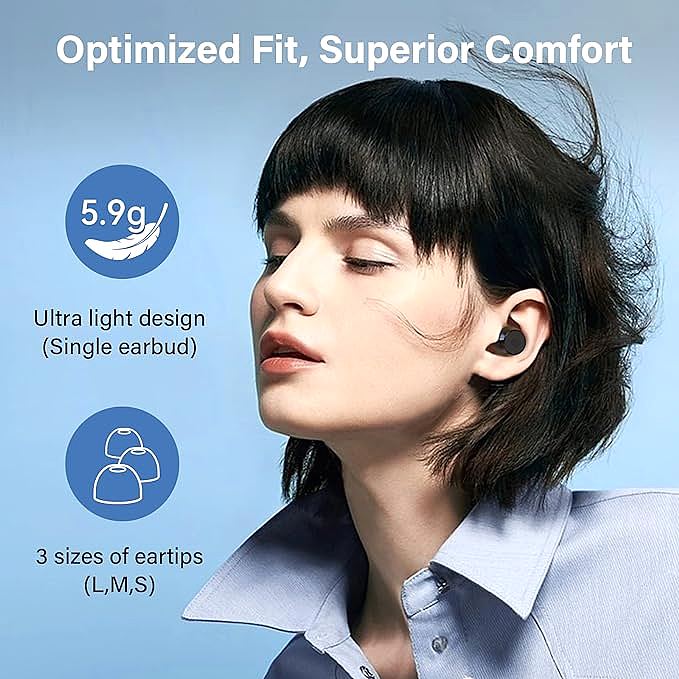
Decoding the Sound: From Digital Bits to Acoustic Waves.
Let’s move from the wireless connection to the sound itself. Your phone stores music as digital data – a series of 0s and 1s. To become the sound you hear, this digital data needs to undergo a transformation.
- Digital-to-Analog Conversion (DAC): A crucial component called a Digital-to-Analog Converter (DAC) takes the digital audio signal and converts it into an analog electrical signal. Think of it like translating a coded message into a language your ears can understand.
- Amplification: This analog signal is then amplified to increase its power.
- Audio Codecs Before all this process, there is Audio Codecs. Bluetooth doesn’t transmit raw, uncompressed audio. Instead, it uses “codecs” (short for coder-decoder) to compress the audio data before sending it and then decompress it on the receiving end. Common codecs include SBC (Subband Coding), which is mandatory for all Bluetooth devices, and AAC (Advanced Audio Coding), which is often used by Apple devices and offers slightly better quality than SBC. While the provided information doesn’t specify which codecs the B16 supports beyond the basic SBC, the quality of the DAC and the driver itself play a significant role in the final audio output.

The Battery Within: Powering Your Listening Experience
The long battery life of wireless earbuds like the B16 wouldn’t be possible without advancements in battery technology. They rely on lithium-ion batteries, the same type of battery found in your smartphone and laptop.
Lithium-ion batteries work by the movement of lithium ions between two electrodes: a positive electrode (cathode) and a negative electrode (anode). During charging, lithium ions move from the cathode to the anode, storing energy. When you’re using the earbuds, the ions move back to the cathode, releasing energy that powers the device.

The charging case acts as a portable power bank for the earbuds. It contains a larger lithium-ion battery that can recharge the earbuds multiple times. The “60 hours of total playtime” quoted for the B16 refers to the combined battery life of the earbuds and the charging case.
Standing Up to the Elements: Understanding IPX7 Waterproofing
The “IPX7” rating you see associated with the B16 (and many other sports-oriented earbuds) signifies a specific level of water resistance. The “IP” stands for “Ingress Protection,” and the “X” means it hasn’t been officially tested for dust protection. The “7,” however, is the important part.
An IPX7 rating means the device can withstand immersion in up to 1 meter (about 3.3 feet) of water for up to 30 minutes. This doesn’t mean you should go swimming with your earbuds, but it does mean they can handle sweat, rain, and even accidental drops in water without being damaged.
This level of protection is achieved through careful design and the use of water-resistant materials and seals. The seams of the earbud housing are tightly sealed, and any openings (like the charging ports) are often protected by rubber gaskets or other barriers.

The Tiny Speaker, Big Sound: Exploring the Driver Unit
The driver unit is the heart of any earbud – it’s the component that actually produces the sound you hear. The B16 uses a 10mm dynamic driver. A dynamic driver is essentially a tiny loudspeaker. It consists of three main parts:
- Diaphragm: A thin, flexible membrane that vibrates to create sound waves. In the B16, this diaphragm is made of a “composite” material, which likely means it’s made of multiple layers of different materials to optimize its stiffness and damping properties.
- Voice Coil: A coil of wire attached to the diaphragm. When an electrical current passes through the voice coil, it creates a magnetic field.
- Magnet: A permanent magnet creates a static magnetic field. The interaction between the magnetic field of the voice coil and the permanent magnet causes the diaphragm to vibrate, producing sound waves.
The 10mm size refers to the diameter of the diaphragm. Generally, larger drivers can move more air, resulting in a potentially fuller and more powerful sound, especially in the bass frequencies.

More Than Meets the Ear: The Future of Wireless Audio
The B16 represents where the technology is at present. But development never stops. The evolution of wireless earbuds will incorporate smart features. Imagine earbuds that can automatically adjust the volume based on your environment, or that can translate languages in real-time. Active Noise Cancellation (ANC) is already available on many, more premium, earbuds, that technology will probably find a way into budget friendly options. This technology uses microphones to detect ambient noise and then generates an opposing sound wave that cancels out the unwanted noise, providing a more immersive listening experience.
The future of wireless audio is bright, with ongoing advancements promising even more impressive features, improved sound quality, and seamless integration into our increasingly connected lives.
